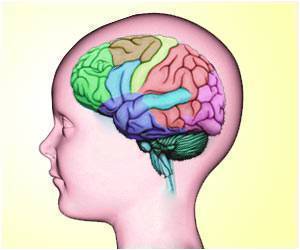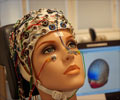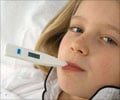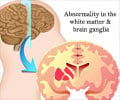The emergence of a novel inhibitory brain receptor called alpha four beta delta might be the mechanism for the remission of epilepsy in adolescence.

‘Administration of drugs that selectively enhance inhibition mediated by the brain receptor α4βδ further decreased seizure-like activity in a mouse model.
’





Sheryl Smith, PhD, professor of physiology and pharmacology at SUNY Downstate, explained, "Seizure-like discharges were three to four-fold greater before puberty and in pubertal mice that lack expression of this receptor. Administration of drugs that selectively enhance inhibition mediated by this receptor further decreased seizure-like activity in this model."“These findings suggest a mechanism for the remission of epilepsy in adolescence and also suggest potential new therapies for childhood epilepsy."
The report, "Pubertal Expression of α4βδ GABAA Receptors Reduces Seizure-Like Discharges in CA1 Hippocampus," is published in Scientific Reports.
Source-Medindia














